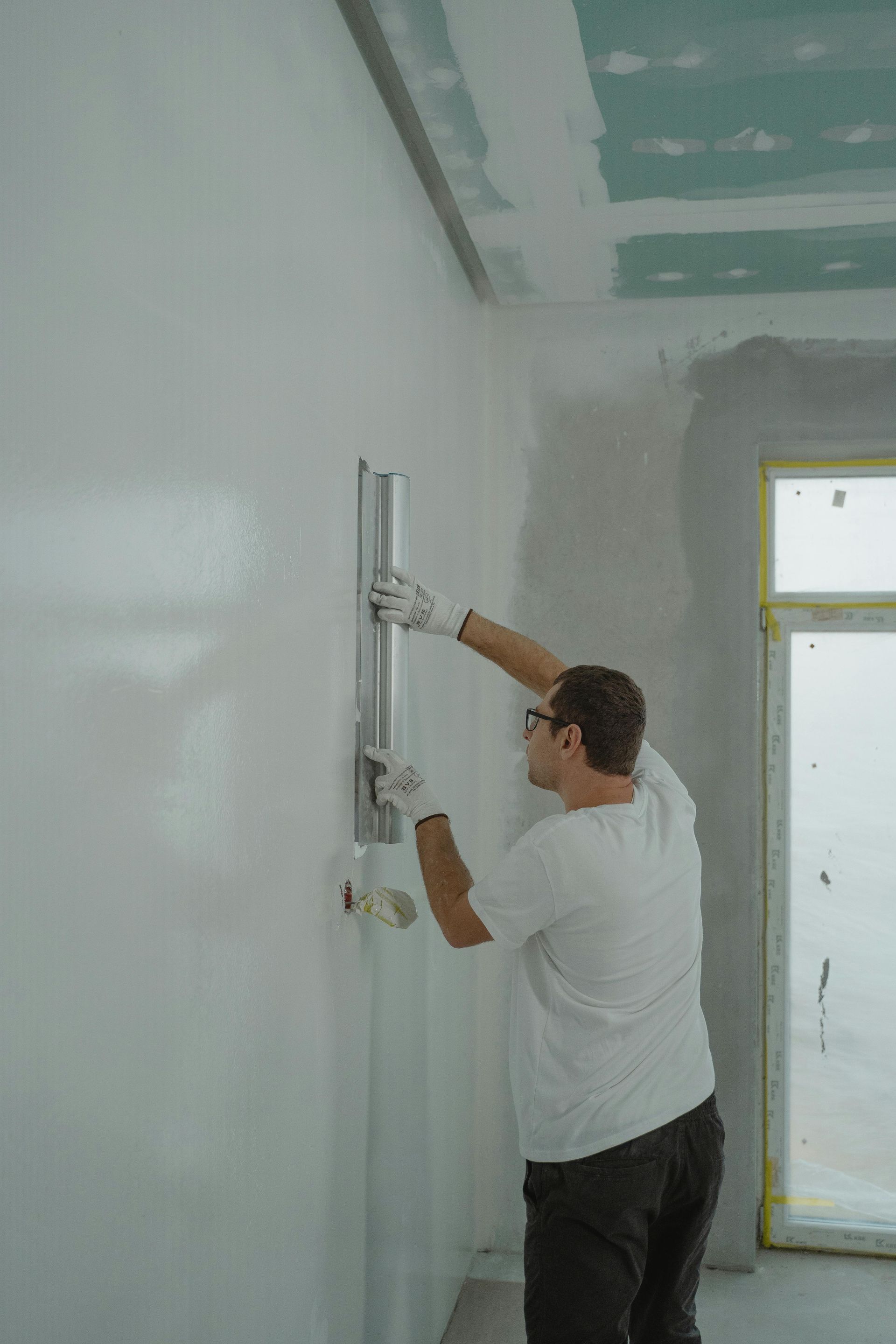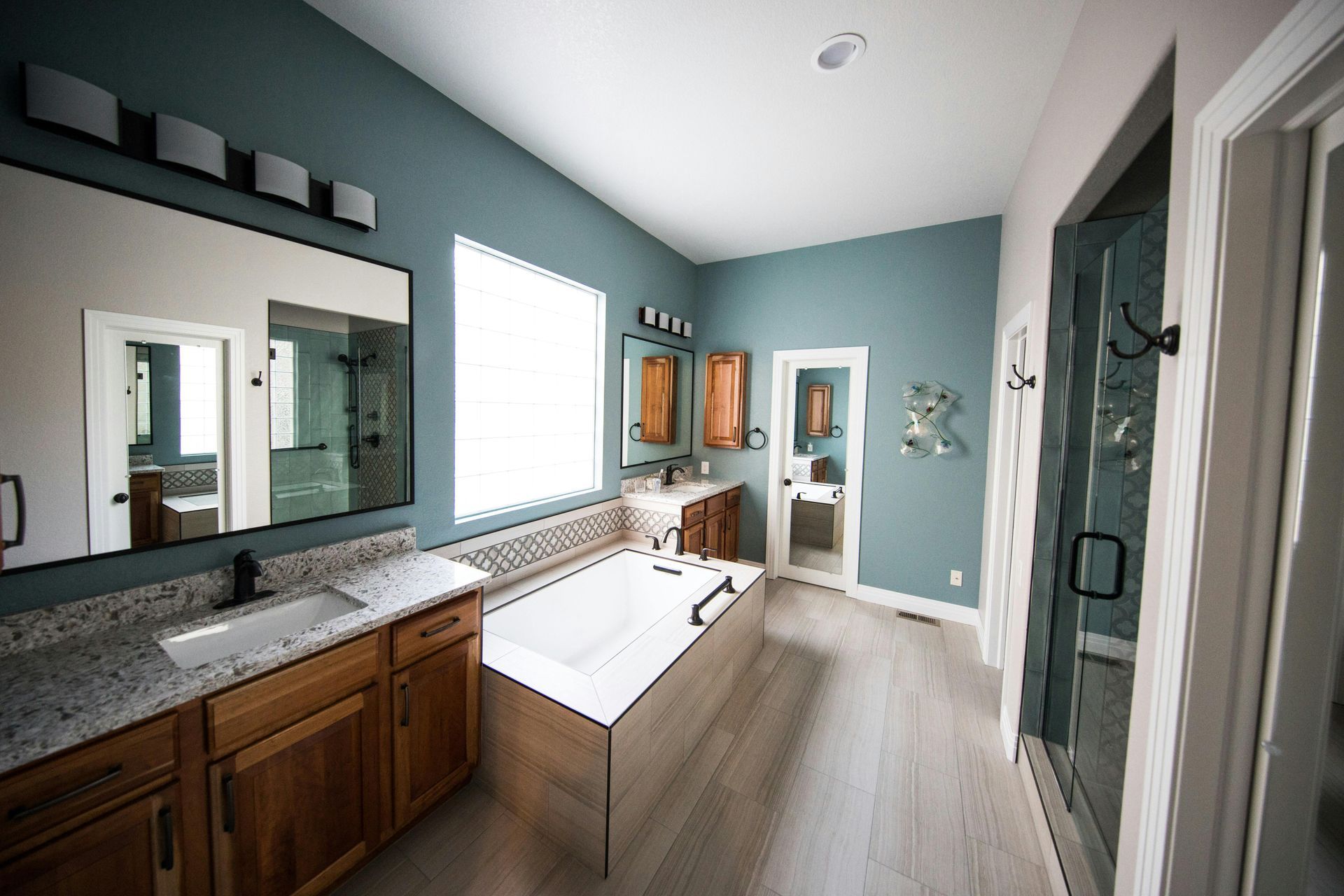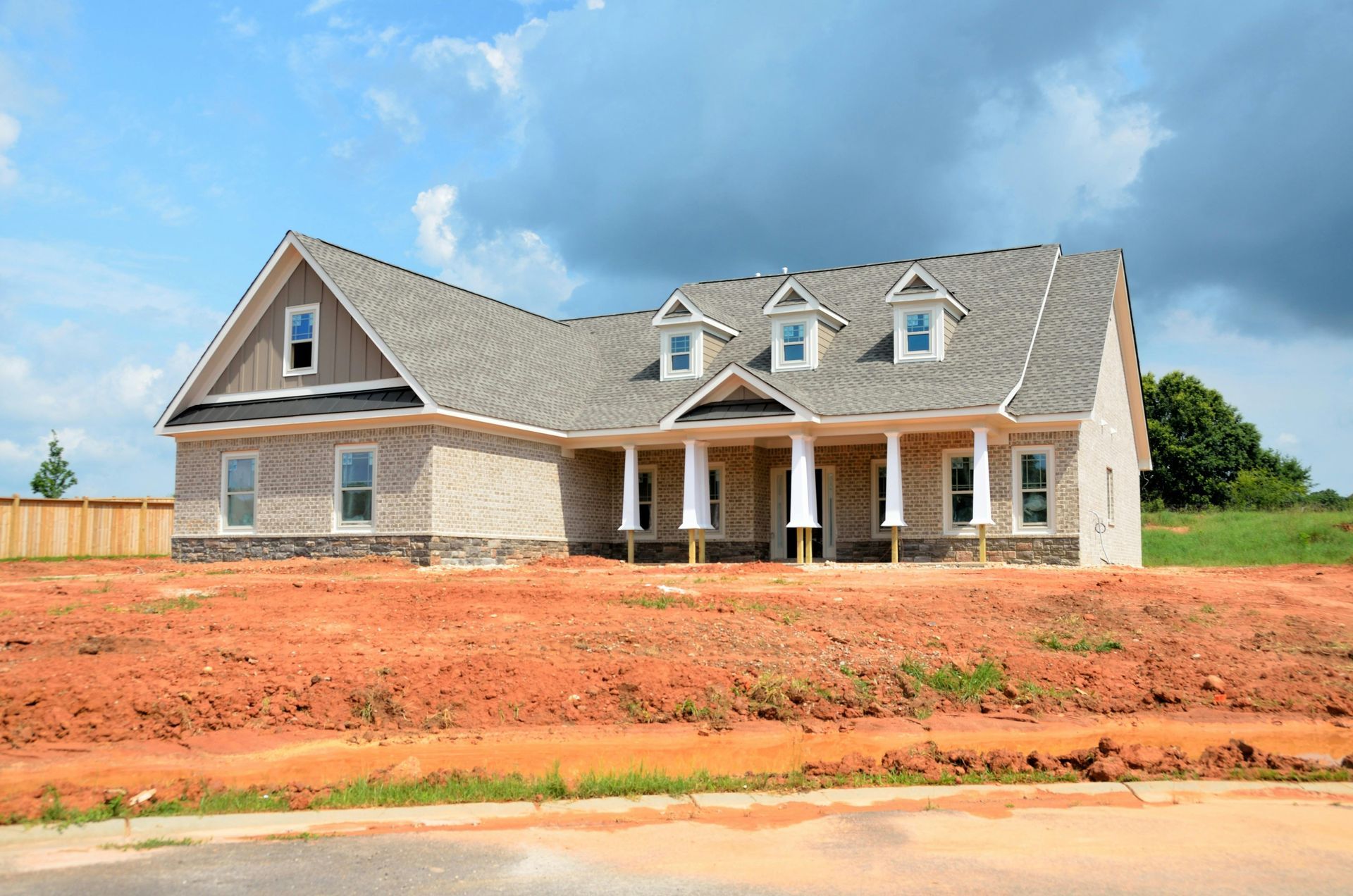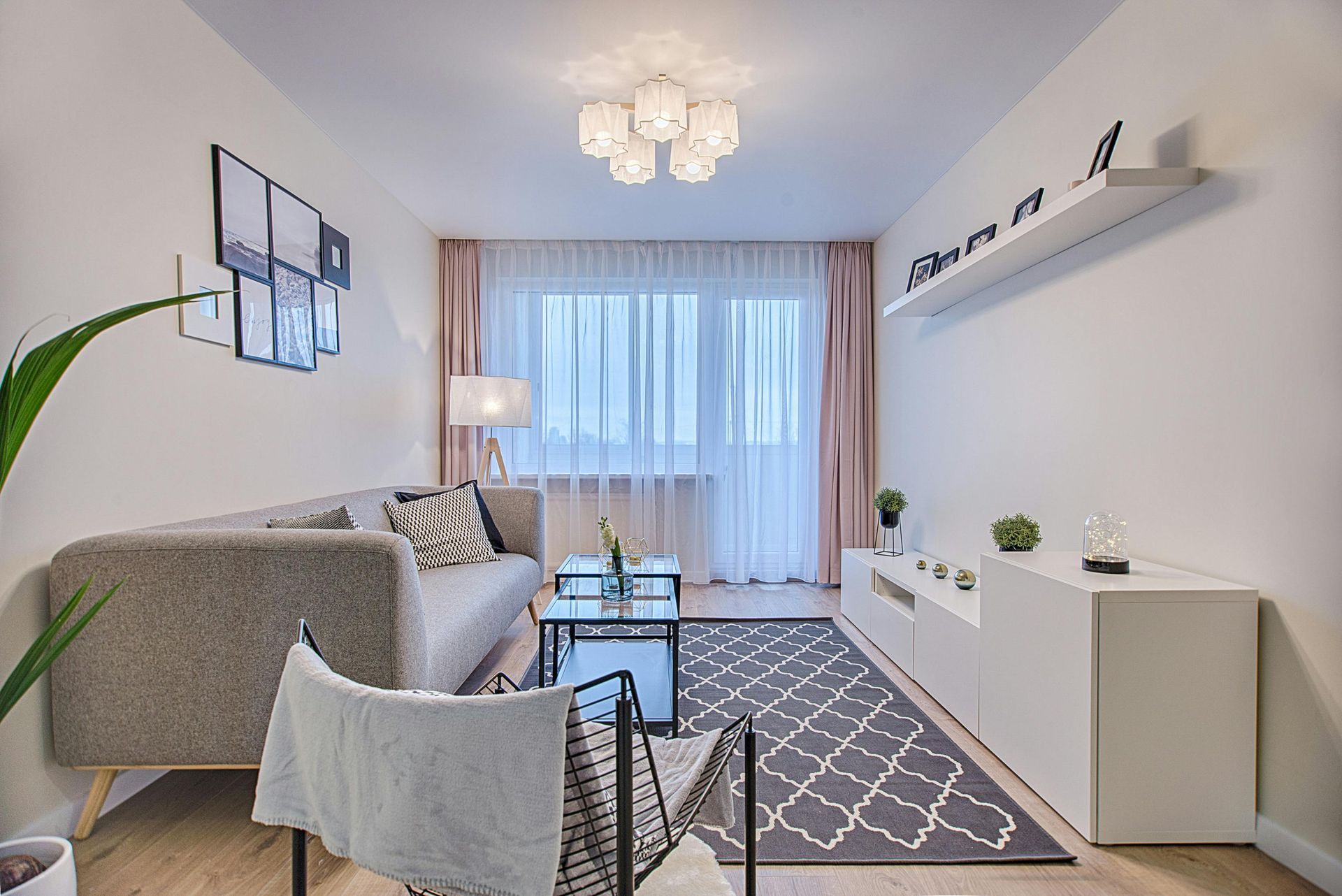Licensed (#RBC-21-01654) & Insured
Local References Available Upon Request
Licensed (#RBC-21-01654) & Insured | Local References Available Upon Request
Revitalizing Church Spaces for Worship and Community
Churches are more than just buildings; they are sacred spaces where people gather for worship, fellowship, and community support. A well-designed church fosters spiritual connection while also providing practical functionality for various congregational activities. Whether preserving the architectural beauty of a historic sanctuary or modernizing facilities to accommodate growth, thoughtful church renovations enhance both worship and community engagement. By balancing tradition with innovation, churches can create environments that serve as welcoming, spiritually enriching, and functional hubs for their congregations.
Understanding the Unique Needs of a Church Space
A church is a place of both reverence and relationship. While the sanctuary is the heart of worship, many other areas within a church serve essential roles in fostering a thriving community. Fellowship halls, classrooms, administrative offices, and gathering spaces all contribute to the overall mission of the church. A successful renovation or design must consider the congregation’s needs, ensuring spaces are adaptable, comfortable, and inclusive.
Many churches serve dual purposes beyond worship. Hosting events such as Bible studies, youth programs, and community outreach initiatives requires spaces that can accommodate a variety of activities. Modern church designs must integrate multi-functional layouts that allow for flexibility while preserving the sacred atmosphere. Whether it’s through movable seating, convertible meeting rooms, or updated technology, a well-planned renovation ensures that the church remains a central point for both spiritual and social connection.
Key Elements of a Thoughtful Church Remodel
The sanctuary is the focal point of any church. A welcoming and spiritually uplifting environment enhances the worship experience. Acoustics play a significant role in how sermons, choirs, and music resonate within the space. Proper sound engineering ensures clarity for the congregation, whether through traditional sermons or contemporary worship performances. Thoughtful lighting, including natural light sources such as stained glass or skylights, can enhance the ambiance, creating an atmosphere of peace and reverence.
Seating arrangements impact both comfort and congregation engagement. While some churches maintain traditional wooden pews, others have transitioned to more flexible seating options such as cushioned chairs that can be rearranged for different events. Providing accessibility for elderly or disabled members is also an essential part of modern church design. Ensuring pathways are wide enough for mobility aids and adding ramps or elevators fosters inclusivity.
Fellowship halls serve as a communal gathering space, playing a vital role in church life. Whether used for potlucks, celebrations, or community meetings, these spaces should be welcoming and versatile. Design elements such as durable flooring, movable partitions, and well-equipped kitchen facilities can enhance usability. Fellowship halls should be warm and inviting, reflecting the church’s mission to provide a place where people feel at home.
Church classrooms and meeting rooms support education, small group gatherings, and ministry programs. Spaces dedicated to Bible study, children’s ministries, and leadership training require adaptable layouts that foster learning and discussion. Integrating interactive technology, soundproof walls, and comfortable seating ensures these spaces are both functional and engaging.
Entrances and welcome areas make the first impression on visitors and returning members. A well-designed lobby or foyer sets the tone for the experience inside. Signage should be clear and inviting, helping new guests navigate the building with ease. Seating areas, coffee stations, and information desks create a sense of hospitality. By incorporating elements such as warm lighting and thoughtful décor, churches can make these spaces feel as welcoming as the sanctuary itself.
Outdoor spaces and landscaping contribute to the church’s overall aesthetic and functionality. Gardens, prayer paths, and courtyards provide peaceful settings for reflection and fellowship. Designing an outdoor worship space can offer additional opportunities for special services, gatherings, and community outreach programs. Providing shaded areas, comfortable seating, and well-maintained walkways enhances the experience for congregants seeking quiet moments of prayer or connection with nature.
Enhancing Worship Through Thoughtful Design
A church’s acoustics can greatly affect the quality of worship. Whether a church features a traditional choir, an organ, or contemporary worship music, proper sound management ensures that every word and note reaches the congregation with clarity. Sound-absorbing panels, well-placed speakers, and controlled reverberation create an immersive worship experience that enhances participation and spiritual connection.
Lighting plays a crucial role in creating the right ambiance. A mix of natural light and strategically placed artificial lighting can set the mood for different types of services. Dimmable LED lighting allows churches to adjust brightness levels based on the occasion, from intimate prayer services to joyful holiday celebrations. Accent lighting can highlight architectural details such as stained glass windows, altars, and artwork, adding to the sacred atmosphere.
Religious artwork, stained glass, and architectural details bring beauty and inspiration to a church. Many churches opt to restore historic elements, ensuring that intricate carvings, murals, and sculptures remain preserved while integrating modern conveniences. Artwork that reflects the congregation’s culture and values strengthens the sense of identity and connection within the church community.
Modernizing Churches While Honoring Tradition
Many churches face the challenge of modernizing while preserving historical integrity. Renovations should respect the architectural heritage of the space while introducing practical updates. Preserving original stained glass windows, woodwork, and traditional design elements while adding features like improved climate control or modern seating helps create a seamless blend of old and new.
Technology integration has become essential in today’s church environment. Many congregations incorporate live-streaming capabilities, digital projection screens, and advanced sound systems to reach a wider audience. These technological updates allow churches to engage with members both in-person and online, expanding their outreach beyond physical walls. Thoughtfully integrating screens and speakers without detracting from the church’s aesthetic ensures a balance between modern functionality and sacred tradition.
Accessibility improvements ensure that churches are inclusive spaces for all members. Adding ramps, elevators, and assistive listening devices provides greater access to individuals with disabilities. Widening doorways and creating barrier-free spaces demonstrates a commitment to welcoming every congregant, regardless of physical ability.
Eco-friendly upgrades not only reduce energy costs but also align with stewardship values. Many churches are incorporating energy-efficient lighting, solar panels, and improved insulation to lower environmental impact while maintaining comfortable interiors. Sustainable materials for flooring, seating, and construction support a long-term approach to environmentally conscious church design.
Church Design for Community Engagement
Churches are more than places of worship—they are community hubs that offer support and connection. Designing multi-use facilities allows churches to host a variety of activities, from social events and outreach programs to educational workshops and support groups. Fellowship halls with adaptable layouts and flexible seating ensure that spaces can be used efficiently for different purposes.
Kitchens and dining areas support fellowship meals, food pantries, and community service initiatives. A well-equipped kitchen allows volunteers to prepare meals for those in need, reinforcing the church’s role in providing care and support. Thoughtful layout choices such as large prep areas, easy-to-clean surfaces, and adequate storage contribute to efficiency.
Dedicated children’s areas and nurseries create a welcoming environment for young families. Churches with well-designed children’s spaces encourage participation from parents, making it easier for them to attend services and events. Safety, accessibility, and engaging décor ensure that children feel comfortable and engaged in their church experience.
The Value of a Thoughtfully Designed Church Space
A well-designed church serves as a place of worship, community, and connection. Thoughtful renovations enhance the spiritual experience while ensuring that spaces are functional and welcoming. By balancing tradition with modernity, churches can create environments that meet the needs of their congregations while maintaining the sacred essence of the space.
Investing in church renovations is an investment in the future of the congregation. Whether updating sanctuary acoustics, improving accessibility, or enhancing community spaces, these updates contribute to a thriving church environment. By working with experienced professionals who understand both the practical and spiritual aspects of church design, congregations can ensure that their space continues to inspire and support their mission for generations to come.










